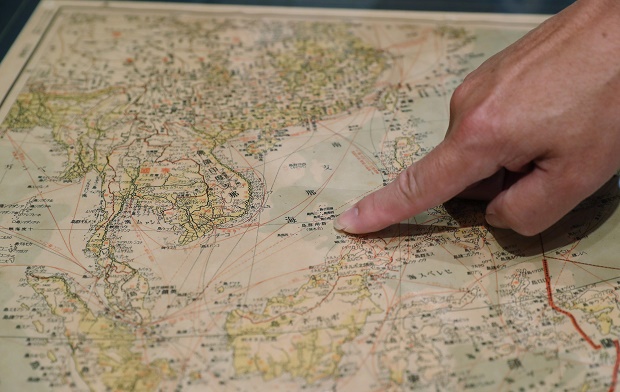Japan Meteorological Agency said the earthquake jolted northeastern Japan’s Fukushima region, but no tsunami warning was issued.
There were no immediate reports of damage or injuries after the tremor, whose epicenter had a depth of 40 kilometers (25 miles) and which was also felt in Tokyo.
TEPCO, the operator of the Fukushima nuclear power plant, said “no abnormalities” had been detected at the stricken plant or others in the region.
Japan, one of the world’s most tectonically active countries, has strict building standards designed to ensure structures can withstand even the most powerful earthquakes.
The archipelago, home to around 125 million people, experiences around 1,500 jolts every year, the vast majority of which are mild.
The United States Geological Survey put the magnitude of Thursday’s quake at 6.1, with a depth of 40.1 kilometers.
It comes a day after at least nine people were killed, more than 1,000 injured by a powerful earthquake in Taiwan.
Fifty persons went missing.
Wednesday’s magnitude 7.4 quake damaged dozens of buildings in Taiwan and prompted tsunami warnings as far as Japan and the Philippines.
It is the island’s biggest earthquake in at least 25 years.
On the other hand, Japan’s biggest earthquake on record was a massive magnitude 9 undersea jolt in March 2011 off Japan’s northeast coast, which triggered a tsunami that left around 18,500 people dead or missing.
The 2011 catastrophe also sent three reactors into meltdown at the Fukushima nuclear plant, causing Japan’s worst post-war disaster and the most serious nuclear accident since Chernobyl.
The total cost was estimated at 16.9 trillion yen ($112 billion), not including the hazardous decommissioning of the Fukushima facility, which is expected to take decades.



